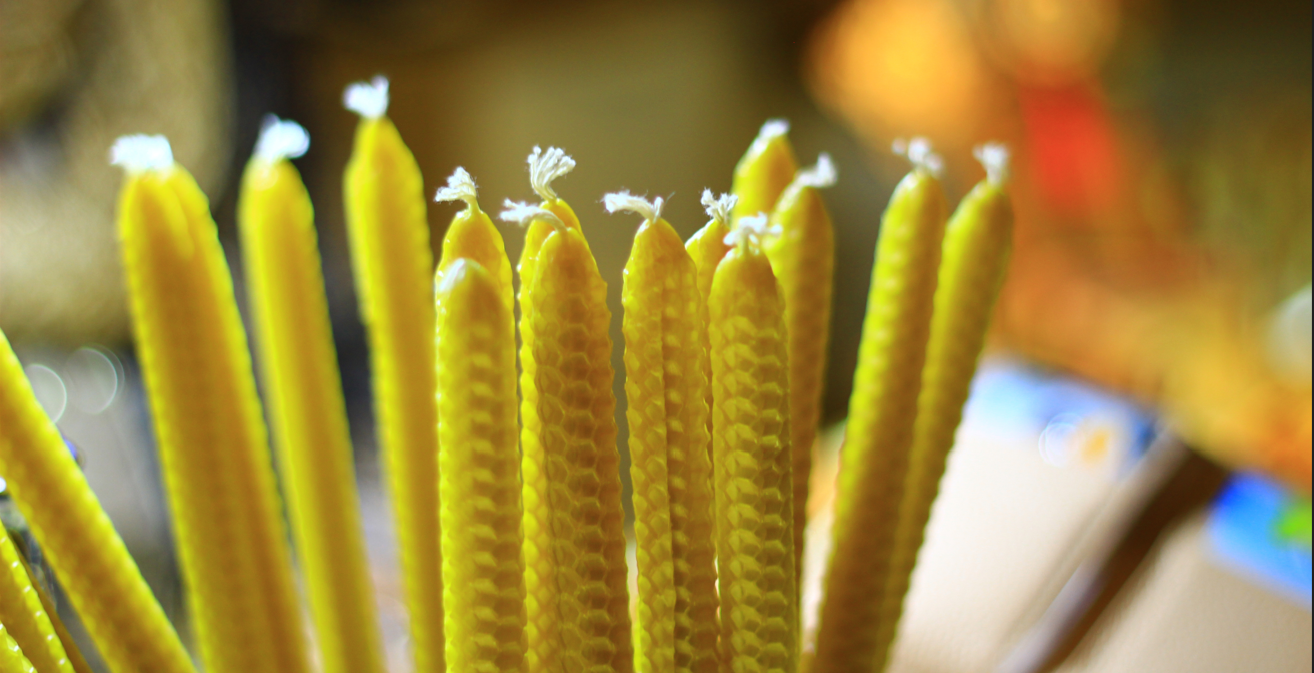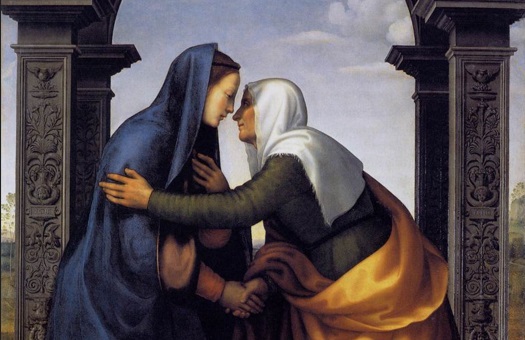
THE FEAST OF THE PRESENTATION OF THE LORD AND LITURGICAL FUN

Today, the Feast of the Presentation of the Lord in the Temple, is my favourite feast day! When I mention it, people usually ask why and I never have an answer. I thought I’d ponder that here today as an invitation for you to reflect upon your favourite liturgical celebration as you join me in thinking about mine.
It’s not quite true that I don’t know why I love this feast. It would be more accurate to say that I don’t have the profound theological explanation that I think people are expecting from me. I like this feast because it’s fun! At least, it has the potential to be fun, from a liturgical perspective.
Today’s feast may not rank high on your list of eagerly anticipated celebrations because typically, amidst the busyness of parish life, the only way to tell a feast from a ferial is by the text of the presidential prayers that verbally convey the particularity of the commemoration. Despite liturgical instructions that say otherwise, I’ve attended many Masses on February 2nd that are business as usual save for an invitation to stay after the dismissal to bring up any candles people may have brought from home to have blessed. I do have some hope that it may be on your radar because only a few years ago, in 2020, merely a month before the world shut down, the Feast of the Presentation fell on a Sunday. Along with a handful of other Feasts – like the Exaltation of the Cross and All Saints – when it falls on a Sunday, the Presentation takes precedence over the Sunday in Ordinary Time, which tells us that it is extra special among Feasts. So perhaps you too experienced something of what made me fall in love with this feast.
In short, this feast has the potential for great liturgical fun because, in addition to the usual celebration, it includes the following:
- Everybody gets candles
- You can gather around ahead of time, like on Palm Sunday
- There is a blessing of candles with water
- There is a parade! Well, a procession, which is a liturgical parade
- There is singing while processing
- It is also the World Day for Consecrated Life
These things replace the Entrance Rites and after the procession it is then business as usual. However, there is a little more fun to consider:
- The feast carries over to the next day when, in commemoration of St. Blaise, you can come back to get your throat blessed with some of the candles that were blessed the day prior
- And it carries over throughout the whole year because you take home the candle and any other candles you brought to have blessed
The thing about liturgical fun, is that it points to that deeper meaning. I think the liturgy uses fun to help us get out of our heads and into our hearts, where we truly open ourselves to the love of God.
All the symbols of this day – the candle blessing, the procession, and the singing – reflect the historical commemoration and what it means for you and me in our spiritual lives today, tomorrow, and for the coming year.
The Presentation of the Lord in the Temple is an ancient feast based on the passage described in the Gospel of Luke (Luke 2:22-40) where Mary and Joseph bring Jesus to the Temple forty days after his birth according to the Law of Moses. The context of this event is that new mothers underwent a purification at the temple and so, for a time, this feast was considered Marian and called the Purification of the Blessed Virgin Mary. When the family arrived at the temple, they encountered the prophet Simeon. The Holy Spirit had revealed to Simeon that he would not die before he had seen the Messiah. Upon meeting the child Jesus, Simeon prayed the prayer that is known as the Nunc Dimittis, or Canticle of Simeon. This prayer is used daily at Night Prayer (Compline) in the Liturgy of the Hours and is a good prayer to commit to memory:
Lord, now you let your servant go in peace;
your word has been fulfilled:
my own eyes have seen the salvation
which you have prepared in the sight of every people:
a light to reveal you to the nations
and the glory of your people Israel.
In this prayer Simeon calls Jesus a “light” for all the nations. Candles are a powerful symbol of the light of Christ that reminds us that we have been given this Light. The solemn blessing of candles, the procession with lighted candles, and the invitation to take blessed candles home for the year ritualizes that the newborn Jesus is still our light and gives us “Candlemas”, the shorthand name of the feast. And the text in bold? While any suitable song can be sung during the procession with candles, the Church gives us some traditional options, including a very accessible traditional chant setting of these Gospel words from Simeon.
Lastly, it is only after this feast that the sacristans at the Vatican dismantle the Nativity scene, vindicating all of you haven’t taken down your decorations yet. This practice is a custom, not a prescribed liturgical direction – if you’ve already packed away your nativity scene, it’s a-okay. The point is that theologically, this feast hearkens back to Christmas, when the light entered the world, while at the same time pointing us towards Easter, the greatest feast of the year, when we will again enter the church from outside with lighted candles singing, “Christ our Light! Thanks be to God.”
Simone Brosig is an educator, author, and liturgy consultant with a PhD in Medieval Studies and a MA in Pastoral Liturgy from the University of Notre Dame. She writes and teaches about living the liturgy. Simone is a near-native Calgarian, who enjoys spending her free time “forest bathing” in the Rockies and learning languages. Simone’s recent book, Holy Labours: A Spiritual Calendar of Everyday Work, can be found here.
